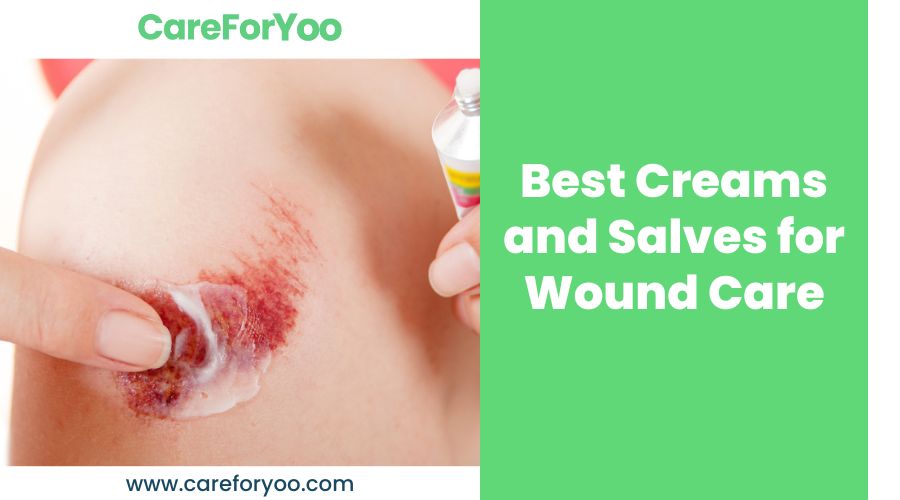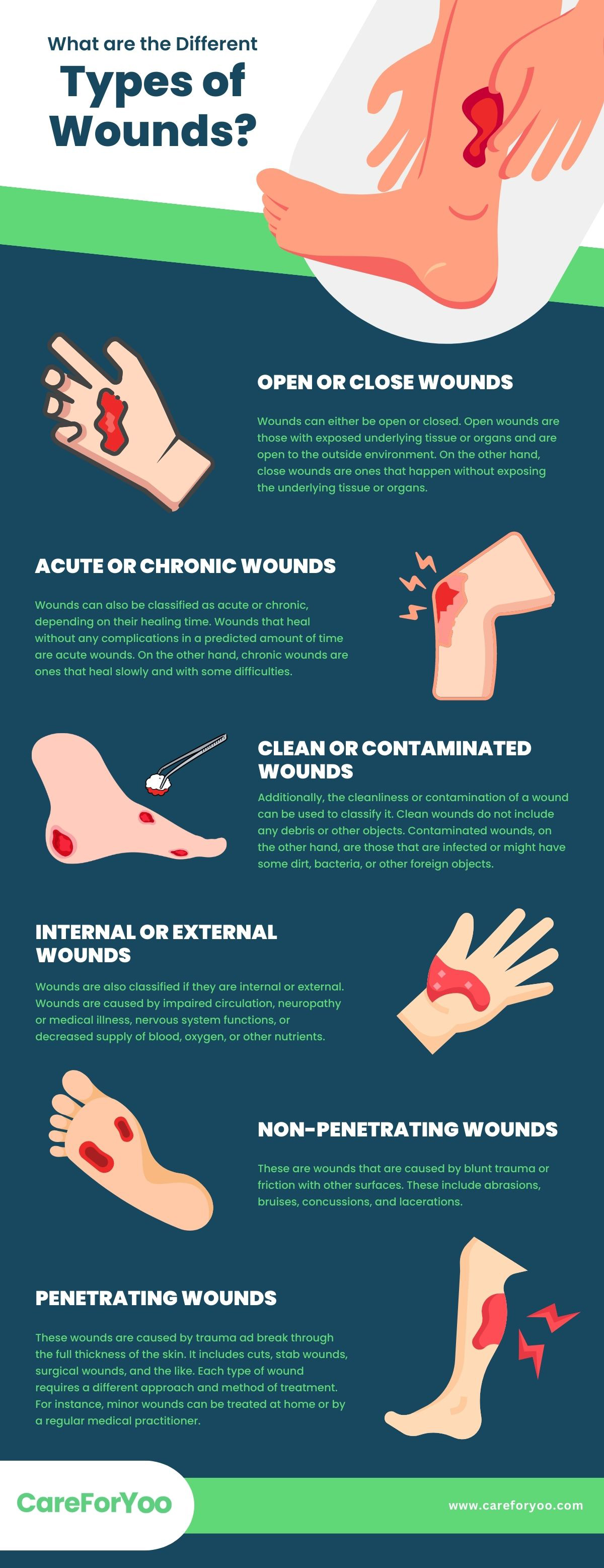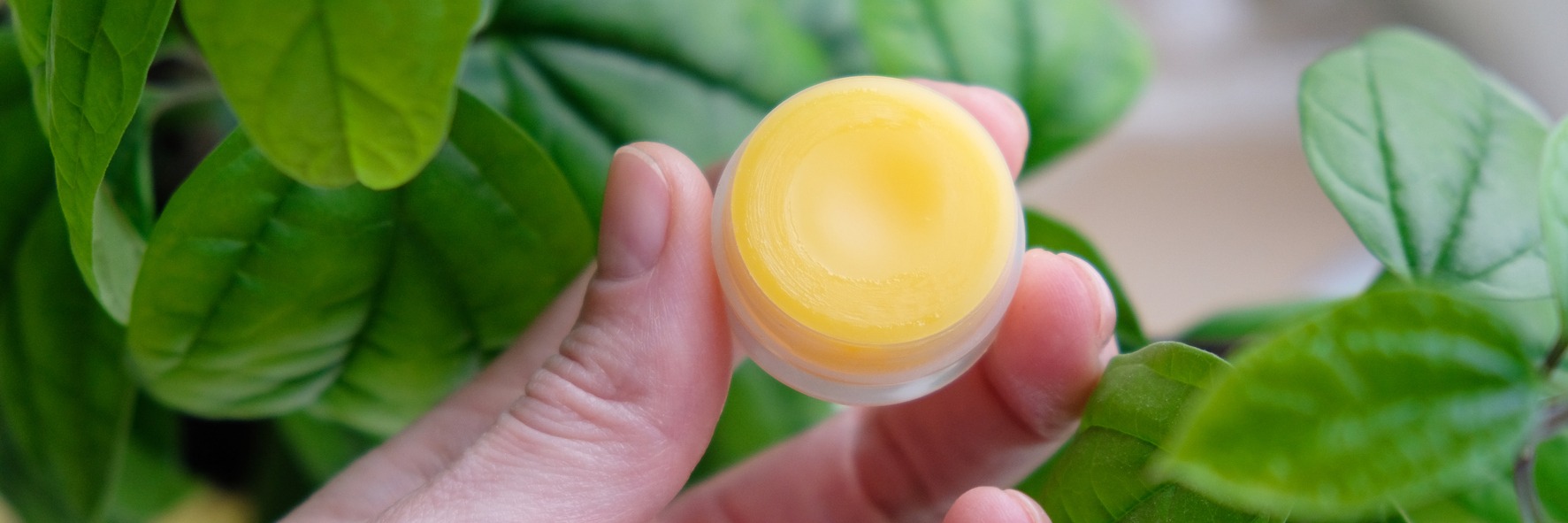Disclaimer: This article is for informational and educational purposes only and does not substitute professional medical advice. It is important to always consult a medical professional for any health issues.
Cuts, scrapes, bruises, and burns can all hurt like crazy, and there are even times when it feels like they take forever to heal. If you usually experience this, it is possible that you are also looking for solutions on how to speed the healing of your wound, reduce the pain, and prevent it from getting infected. When you visit stores or even when you browse online, you will find many products that are intended for wounds, and they also come in different varieties, such as ointments, gels, and creams. With this, it can be challenging to pick the best one that will cater to your needs.
While there are different products for wounds that exist, there are some that stand out among them as they have the ability to soothe and treat various kinds of wounds. If you are searching for effective creams and salves for wound care, you are in the right place. In this post, we are giving you more information about wound care and some of the best creams and salves that you can use.
What is a Wound?
Any kind of scratch or break on the skin’s surface is referred to as a wound. It can be due to accidents, such as burns, skin tears, paper cuts, surgical procedures, any underlying disease, or other skin conditions that may develop in the wound, like psoriasis or eczema. [1]
What are the Different Types of Wounds?
There are various ways to classify wounds, depending on their healing time, the need to consult with wound care specialists and the severity of a particular wound. Most people are likely to suffer from different types of wounds throughout their life while doing daily activities. Depending on the cause, depth, and site, a wound can be simple to severe. Below are the different types of wounds:
Open or Close Wounds
Wounds can either be open or closed. Open wounds are those with exposed underlying tissue or organs and are open to the outside environment. On the other hand, close wounds are ones that happen without exposing the underlying tissue or organs. [1]
Acute or Chronic Wounds
Wounds can also be classified as acute or chronic, depending on their healing time. Wounds that heal without any complications in a predicted amount of time are acute wounds. On the other hand, chronic wounds are ones that heal slowly and with some difficulties. [1]
Below are two types of chronic wounds: [1]
- Pressure Injuries: These are also known as pressure sores, bedsores, or decubitus ulcers. These are the types of wounds that are caused by pressure or shearing force on the skin. People with limited mobility due to any medical illness are more prone to these chronic wounds.
- Diabetic Ulcers: These wounds, which primarily affect the feet, are brought on by diabetes-related alterations to the body’s nerves and circulation.
Clean or Contaminated Wounds
Additionally, the cleanliness or contamination of a wound can be used to classify it. Clean wounds do not include any debris or other objects. Contaminated wounds, on the other hand, are those that are infected or might have some dirt, bacteria, or other foreign objects. [1]
Internal or External Wounds
Wounds are also classified if they are internal or external. Wounds are caused by impaired circulation, neuropathy or medical illness, nervous system functions, or decreased supply of blood, oxygen, or other nutrients. External wounds, on the other hand, can be because of an outside force or trauma caused by penetrating objects or non-penetrating trauma. [1]
Non-Penetrating Wounds
These are wounds that are caused by blunt trauma or friction with other surfaces. These include abrasions, bruises, concussions, and lacerations. [1]
Penetrating Wounds
These wounds are caused by trauma ad break through the full thickness of the skin. It includes cuts, stab wounds, surgical wounds, and the like. [1]
Each type of wound requires a different approach and method of treatment. For instance, minor wounds can be treated at home or by a regular medical practitioner. However, wounds that have signs of infection require a wound care specialist.
How to Care for Wounds
Before we provide you with the best creams and salves for wound care, let us first learn about the best ways how to care for wounds. Below are some tips that may help your wounds to heal faster:
Clean Cuts and Scrapes Gently
If you got a cut or scrape, the first step that you need to do is to soothe and clean the wound using cool water. If there is any debris or foreign objects in the cut, make sure to remove any pebbles or splinters using alcohol-sterilized tweezers. Use soap and a washcloth to gently wash around the wound. Avoid using irritating soap, alcohol, iodine, or hydrogen peroxide. Fresh and clean water is all you need to clean your cuts and scrapes. [2]
Apply Antibiotic Creams
Antibiotic creams and ointments not only keep wounds moist but also reduce the risk of infection. If you choose to use an antibiotic cream or ointment, only apply a thin layer of it on the wound. Also, keep in mind that some antibiotic ingredients can trigger a rash in some people. If ever you get a rash, stop using the cream or ointment immediately. [2]
Using a Bandage
One of the common questions when it comes to wounds is if they need to be bandaged. If your wound will be rubbed by clothes, it is better to cover it with a bandage. An uncovered scab or scrap can be at risk of reopening or infection. But if you are in doubt, you can simply cover the wound using an adhesive bandage to keep out the bacteria. Just make sure that you change the bandage every day. [2]
Surgical Wound Care
Caring for surgical wounds is similar to taking care of cuts and scrapes. You need to protect the incision with a bandage for a few days and change the dressing every day. Make sure that you follow the instructions of your doctor when it comes to taking care of the stitches or staples. Also, keep the area dry and report any increase in bleeding or redness to your doctor. [2]
Recognize the Signs of Infection
If there is redness that spreads out from your wound, swelling, green or yellow fluid, or increased warmth or tenderness around the wound, these can be signs of an infection. Other signs may include swollen lymph nodes at the neck, armpit, or groin, body aches, chills, and fever. If you experience any of these signs, make sure to call your doctor immediately. [2]
It is important to see a doctor if you have a wound that won’t stop bleeding after five to ten minutes of pressure, is deep or longer than half-inch, near the eye, gaping, caused by something dirty or rusty, has dirt or gravel stuck in it, is very painful, shows signs of infection, or was caused by an animal or human bite. [2]
The Best Creams and Salves for Wound Care
Now that you’ve learned about the different types of wounds and how to care for them let us move on to the best creams and salves that you can use for wound care. You can treat a wound using various over-the-counter antibacterial creams and salves. These can help prevent infections and help a wound heal faster at the same time.
Creams and Ointments for Wound Care
Creams for wound care may contain other ingredients along with their antibacterial properties. Some creams contain aloe vera, which is helpful when it comes to cellular regeneration and healing. There are various creams for wound care that you can find in the market today, depending on the type of wound you have. Below are a few examples of the best creams and ointments for wound care to help you choose:
- Neosporin Antibiotic First Aid Ointment for Wound Care: This wound care antibiotic ointment can help protect and treat minor cuts, scrapes, and burns. It contains bacitracin zinc, neomycin sulfate, and polymyxin B sulfate, which can provide powerful protection against infection for 24 hours. This ointment does not sting or itch. It also offers maximum strength pain and itch relief with the topical analgesic pramoxine HCl. Aside from that, it also has the Heliderm technology that provides a nourishing environment for the skin as it heals, which minimizes the appearance of scars.
- Terrasil Wound Care Ointment: This wound care cream can prevent infection and it promotes faster healing. It can kill bacteria faster compared to leading brands, helping you recover sooner. The formula of this cream is backed by clinical research, proving it to be effective in killing bacteria and speeding recovery. This cream is made of natural, organic ingredients. It means that there’s no need to worry about harsh chemicals that may irritate the skin. It also has a deeply moisturizing formula that is paraben-free, dye-free, alcohol-free, and safe for sensitive skin. It is great to use for bedsores, pressure sores, foot and leg ulcers, burns, diabetic ulcers, skin abscesses, and skin infections.
- Marie’s Original All-Natural Skin Repair Cream for Wounds and Burns: This wound cream is fast-acting. It treats different skin ailments, such as burns, bedsores, cuts, and scrapes. It is made from a unique blend of ingredients to enrich the skin with herbs that help expedite wound healing. It also contains essential oils proven to promote recovery. It can be applied to the affected area 5 to 6 times a day for the first two days, then 2 to 3 times a day until the wound heals.
- Optivida Colloidal Silver Gel Cream for Wound Care: This is a nano-silver skin cream that is made to soothe the skin and promote natural healing. It can be applied to the skin directly or added to other skincare products. It contains powerful ingredients to repair and heal the skin. It features 24 parts per million silver concentration, deionized water, tea, and carbomer. It is fragrance-free and BPA-free, making it suitable for sensitive skin. It has a unique coating, making it more stable and bioavailable for the body. It also allows the ointment to work faster. It is fast-absorbing and non-greasy.
- Silvex Wound Gel: This is a wound care treatment for minor cuts, lacerations, abrasions, burns, and skin irritations. It can prevent infections, promotes fast healing, and minimizes the appearance of scars. It is also clinically tested and supported by more than 300 clinical, university, and laboratory studies.
Salves for Wound Care
A salve is a soothing medical mixture that is applied to the skin to heal wounds, ailments, or irritants. It has been used in natural medicine for many years. Most salves contain organic ingredients, such as waxes, oils, and herbs, making the substance semi-solid. They are popular skin care products and can also be multifunctional. It’s because salves can be used for healing wounds, soothing rashes, and moisturizing the skin. [3]
Many salves also contain antioxidants and vitamins. Antioxidants protect the cells against free radicals. When combined with vitamins, it can protect your skin against environmental aggressors, especially when you have wounds. [3] Below are some examples of the best salves for wound care to help you choose:
- Ora’s Amazing Herbal All-Purpose Salve: This salve contains organic botanicals, making it deeply moisturizing, healing, soothing, and protective. It can soothe and heal minor skin injuries, splinters, and more. It is made of Italian grapeseed, organic calendula, plantain, comfrey, thyme, coconut oil, beeswax, and essential oils of rosemary, thuja, and tea tree.
- Dr. Sayman’s Healing Salve: This healing salve is ideal for dry, chapped, or irritated lips, but it is also used for minor cuts, scrapes, gashes, and burns. It works fast to treat painful skin injuries. It locks in moisture to support the natural healing process of the skin. It also provides a protective barrier to help prevent infection in wounds. It can be used for sensitive skin.
- Green Goo First Aid Salve: This is a multipurpose first aid salve for wounds. It can promote the body’s own healing abilities and replaces more than 20 traditional first aid items, making it ideal for bringing when traveling. It can be your defense against cuts, scrapes, blisters, and burns. It is made from calendula, which can prevent the dryness of the skin, comfrey, which protects and coats the skin from irritants, and yarrow, which is an astringent that cleanses the skin. All you have to do is clean the affected area and apply the salve as needed until the skin heals.
- Owell Naturals Draw Salve Ointment: This ointment has been used for wound healing as far back as the 1400s. It is effective when it comes to cuts and burns, and it keeps out germs and helps prevent infection by providing a thick protective barrier on the skin. It is safe and gentle on the skin. It is made of natural ingredients, such as beeswax, olive oil, eucalyptus, lavender, comfrey, chickweed, and pine.
- J.R. Watkinds Petro Carbo First Aid Salve: This salve is made of camphor and cajeput oil. It can relieve pain and itching of minor cuts, burns, and skin irritations. It is very effective in helping wounds heal fast. In fact, when you use it on insect bites, their size can reduce in just a few hours. It is also effective in relieving pain and reducing the discomfort you feel as you wait for your wounds to heal.
Conclusion
Most of the time, minor wounds can be treated at home using creams, ointments, and salves. However, they may be some instances that wounds need medical attention, particularly if they are large, deep, and infected. Doctors often use antibiotics to treat infected wounds and may also require the patient to have a tetanus shot.
Using creams and salves to treat and protect minor wounds like cuts and scraps is indeed helpful. They can aid in faster wound healing, as well as in protecting the wounds from getting infected. Bringing these products with you when you travel is also a good idea in case of emergencies. We hope this post helped you learn more about the best creams and salves for wound care.
References
[1] Wound Care Surgeons, E. (2022). Different types of wounds – wound care surgeons. https://www.woundcaresurgeons.org. Retrieved January 5, 2023, from https://www.woundcaresurgeons.org/blogs/know-about-different-types-of-wounds
[2] Sachdev, P. (2022, June 27). How to care for wounds. WebMD. Retrieved January 5, 2023, from https://www.webmd.com/first-aid/ss/slideshow-caring-for-wounds
[3] The MadeMan Blog, E. (2021, October 17). What is Salve? MadeMan. Retrieved January 5, 2023, from https://getmademan.com/blogs/blog/what-is-a-salve







